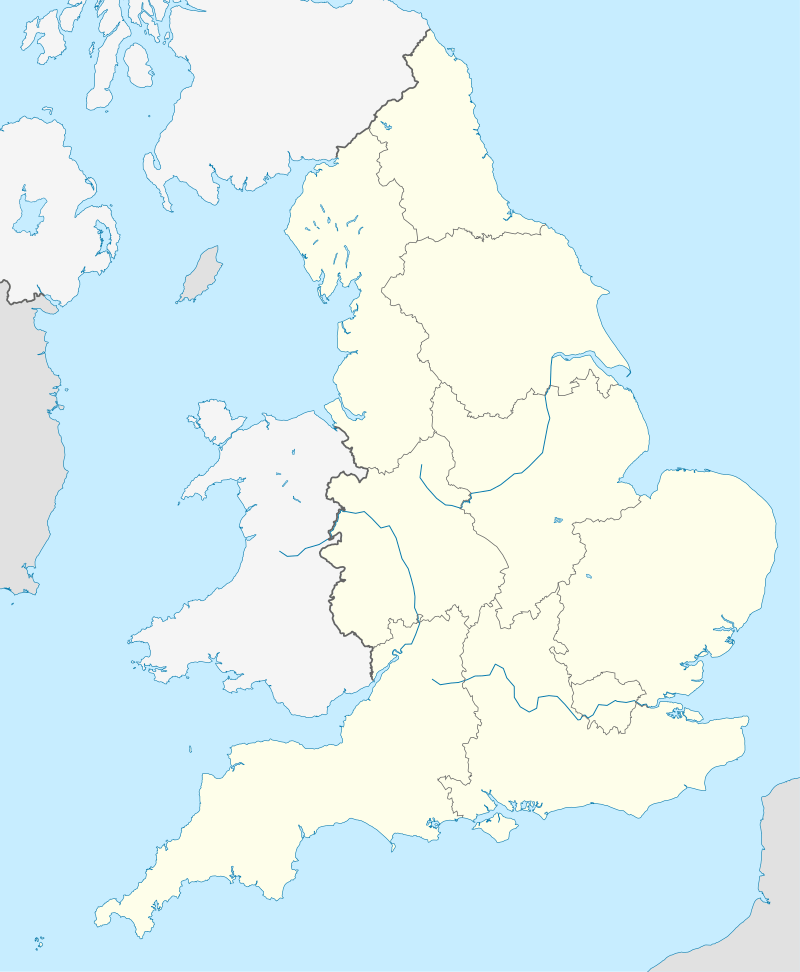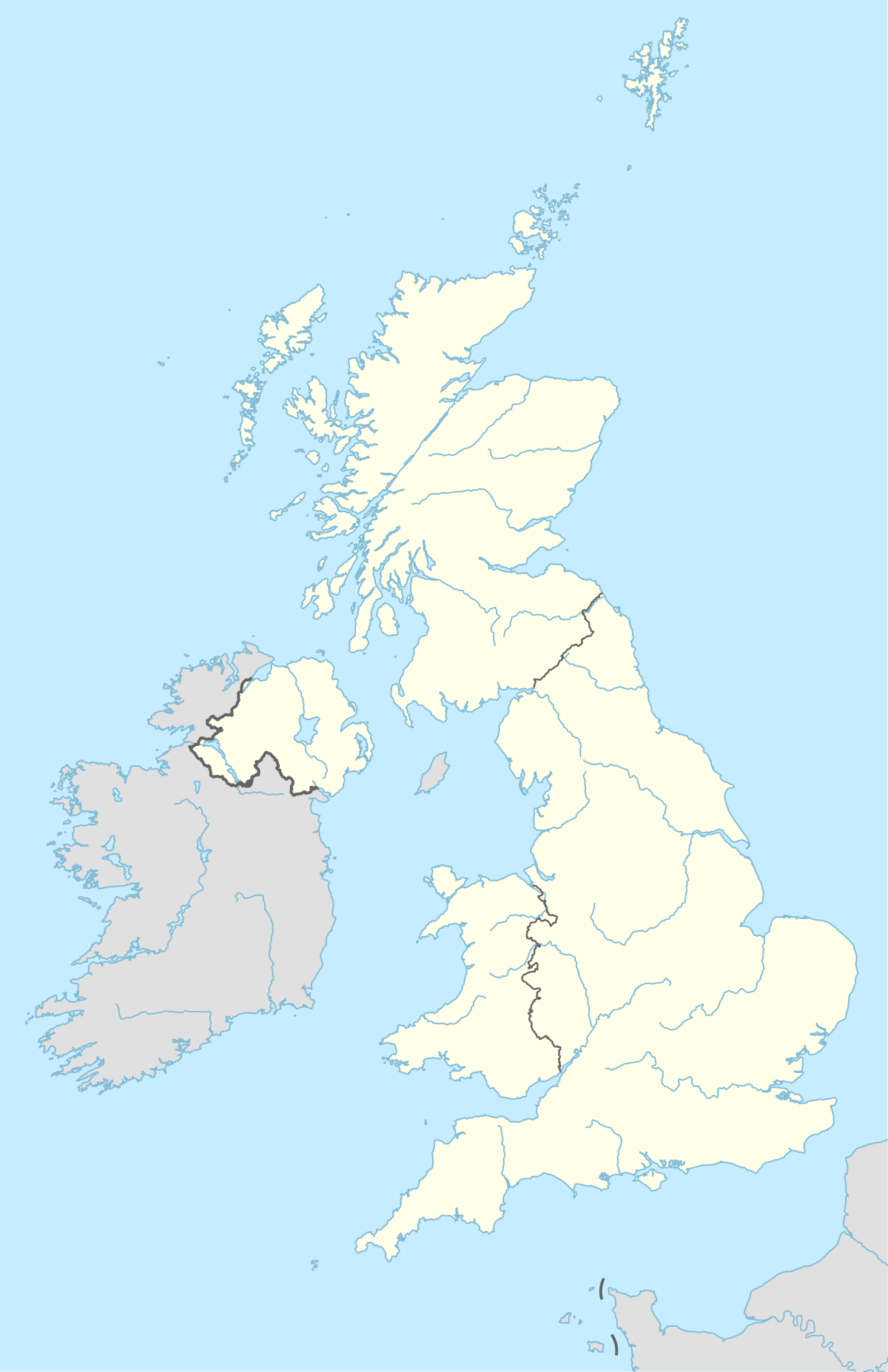Dartford Grammar School
 | |
| Motto |
"Ora Et Labora" (Pray and Work) |
|---|---|
| Established | 1576 |
| Type |
Grammar school, Academy |
| Headteacher | John Oakes |
| Deputy Head | Michaela Kingham, Guy Hewett, Stuart Harrington |
| Founders | Edward Gwyn, William Vaughan, William D'Aeth, |
 Dartford Grammar School  Dartford Grammar School  Dartford Grammar School | |
| Location |
Shepherds Lane West Hill Dartford Kent DA1 2HW England 51°26′43″N 0°12′20″E / 51.44515°N 0.20547°ECoordinates: 51°26′43″N 0°12′20″E / 51.44515°N 0.20547°E |
| DfE URN | 136359 Tables |
| Ofsted | Reports Pre-academy reports |
| Staff | >100 |
| Students | 1,203 |
| Gender |
Boys from year 7 - 11 Co-ed in Sixth Form |
| Ages | 11–18 |
| Houses | Gwyn, D'Aeth, Havelock, Vaughan, Wilson |
| Colours | Gold and Maroon |
| School song | He Who Would Valiant Be (Formerly 'Floreat Dartfordia' by S. J.Steane) |
| Website |
www |
Dartford Grammar School is a selective secondary (ages 11–18)[1] foundation school for boys in Dartford, Kent, England, which admits girls to its sixth form (ages 16–18). All of the students joining the school are considered to be from the top 25% of the ability range, as determined by the 11-Plus examinations. The students come from Dartford, neighbouring towns and villages, and nearby London boroughs, as well as an increasing number of students from Essex. The current roll is 1,203, including 461 in the sixth form.
History
The school was founded in 1576 by Edward Gwyn, a merchant; William Vaughan, a philanthropist and landowner; and William D'Aeth, a lawyer. D'Aeth, along with Death and others, is an English variant of the originally Flemish surname, Daeth.[2]
A 1660 document outlined the original terms for the founding of the school:
"William Vaughan, Edward Gwyn and William Death donated land and property near the Market House in Dartford High Street, the profits from which were to be used for maintaining a school and for and towards the supporting of one honest sufficient and learned man in grammar, as to them should seem fit and convenient, to be elected, chosen, and approved of, for the teaching, instructing and eruditing of children in the town of Dartford, in the knowledge of grammar, as heretofore has been used according to the charitable and pious interests and meaning of the said William Vaughan, Edward Gwyn and William Death re: 24th March 18 Elizabeth I."[3]
Lessons were initially given in the High Street above the Corn Market house, which was demolished in 1769. The school moved to its present location in 1864.
Following the school's 'Outstanding' Ofsted inspection in 2008, the school was able to choose a third specialism, following Language College Status and the IB Programme; the school chose Science, resulting in an increased budget available next financial year. In 2011, the school chose to adopt the status of an Academy, which would provide extra funding to the school, although no name change was required.
Senior staff
The current headteacher is John Oakes, who succeeded Tony Smith, who retired on 2 April 2009 after 23 years at the school. The school had two deputy headteachers: Robert Tibbott and Michaela Kingham (succeeding Oakes). In September 2013, Guy Hewett was appointed as a third deputy headteacher, responsible for Key Stage 4, meaning there are currently three deputy headteachers at the school. Following Tibbott's retirement at the end of the 2015/16 academic year, Stuart Harrington became a deputy headteacher in September 2016 taking over responsibility for Key Stage 4 from Hewett, with Hewett replacing Tibbott as the Head of Sixth Form (Key Stage 5).
Academic performance
In 2014, 64% of Year 11 students gained 7 or more grades A/A* in GCSE exams.[4] The school came second in the School Rankings for the new English Bacc in 2010. Most of Year 13 students proceed to university, with a majority gaining their first or second choice of university.
As of 2007, the school has been awarded the right to teach the International Baccalaureate Middle Years Programme, becoming the first school in Britain and the first state school in the world to teach the course.
The school was rated "Outstanding" in its last Ofsted inspection (2008) and will not be inspected again unless concerns are raised about its performance in an interim assessment.[5]
Locations and buildings
The school currently is located on Shepherds Lane, Dartford at the top of West Hill. The original 1864 school house (facing Dartford Road) is now known as the Hardy Building, named after the novelist Thomas Hardy who was an assistant architect to Arthur Blomfield,[6], the architect who designed the building.[7] The original field has since been built on with additional blocks, starting with the science block in 1928, since renamed the Stephenson building after the former head of Science, Brian Stephenson, followed by most of the remaining buildings in 1940. A three-floored classroom building is named after Major Harold Pochin, Headmaster from 1920 to 1946.
Other buildings include the Gwyn building, named after Edward Gwyn, one of the school founders, containing technology and business teaching rooms, as well as the Kaika (Sixth Form) centre, where five new teaching rooms were opened in 2008, mainly for sixth form use, named the John Field Suite after the late chair of the governors. The Beckets Sports Centre is shared with the public in agreement with the school, in the same way as The Mick Jagger Centre, a £2.2 million development financed with National Lottery funding by the Arts Council of England. The Mick Jagger Centre was opened in March 2000 by The Duke of Kent, and hosts a number of performing arts events. From Summer 2009 to Spring 2010, the Mick Jagger Centre and part of the Pochin and Stephenson blocks underwent a major redevelopment, which provided a new drama studio, new science laboratories, new music practice rooms, a food technology lab, a new staff room, new art rooms and classrooms.
The Keyes Building, named after poet Sidney Keyes, contains classrooms and, until 2014, the Learning Resources Centre (School Library). This is now located in the Stephenson Block. The current school field is located next to Dartford Science & Technology College, where the pavilion was extended and refurbished in 2008, and dedicated to Arthur Jones, a previous student of the school.
House system
The students are divided into five Houses:
- D'Aeth (Yellow)
- Gwyn (Purple)
- Havelock (Red)
- Vaughan (Green)
- Wilson (Blue)
The House system was introduced in 1916 with four Houses (Gwyn House being added in 1997). D’Aeth, Gwyn and Vaughan are named after the three founders of the School; Havelock is named after the British General Henry Havelock, a former student at the school, and Wilson is named after another distinguished former pupil, Sir Erasmus Wilson.
Extra-curricular activities
The school has a journalism society that publishes an online magazine, DGSChapter. The news team consists of 40 students from all years. In May 2017, the magazine was awarded Highly Commended status at the Shine School Media Awards at Stationers' Hall.[8]
Notable former pupils
Former pupils of the school are known as Old Dartfordians
- Sir Henry Havelock (1795-1857), general[9]
- Sir Erasmus Wilson (1809-84), surgeon[10]
- Henry Ambrose Hunt (1866-1946), meteorologist[11]
- Thomas Pullinger (1867-1945), automotive engineer[12]
- Alec Stock (1917-2001), footballer[13]
- Sidney Keyes (1922-43), poet[14]
- Derek Ufton (born 1928), Charlton Athletic, England footballer, Kent CCC[15]
- Denis Haydon (1930-88), membrane biophysicist[16]
- Terence Frisby (born 1932), playwright and novelist[17]
- Dave Godin (1936-2004), music journalist[18]
- Michael Pearson (1936-2017), clock historian and author
- Graham Smith (born 1938), milliner
- Sir Mick Jagger (born 1943), rock musician (vocalist of The Rolling Stones)[19][20]
- Dick Taylor (born 1943), guitarist and founder member, The Pretty Things[20]
- Brian Pendleton (1944-2001), rhythm guitarist, The Pretty Things[20]
- John Rushby, computer scientist[21]
- Bill Mitchell (1951-2017), founder of site-specific theatre company Wildworks.[22]
- Frank Baker (born 1961), British ambassador[23]
- Gareth Johnson (born 1969), Conservative MP for Dartford[24]
- Min Patel (born 1970), international cricketer[25]
- Matt Morgan (born 1977), comedian
- Topsy Ojo (born 1985), rugby player, London Irish fullback[26]
- Adam Gemili (born 1993), athlete[26][27]
References
- ↑ "Find and compare schools in England". GOV.UK. Retrieved 22 October 2017.
- ↑ "Daeth Spelling Variations". House of Names. Swyrich Corporation. Retrieved 4 April 2018.
- ↑ "Indenture of 1660 outlining the original terms for the founding of Dartford Grammar School", Dartford Archive. Retrieved: 24 September 2015.
- ↑ "GCSE success at Dartford Grammar School". Dartford Grammar School. 21 August 2014. Archived from the original on 5 December 2014. Retrieved 30 November 2014.
- ↑ "Dartford Grammar School: Ofsted's interim assessment" (PDF). Ofsted. 26 April 2011. Retrieved 30 November 2014.
- ↑ History of Dartford Grammar School R.L.Hudson p23
- ↑ History of Dartford Grammar School R.L.Hudson p21
- ↑ "Past winners at Shine School Media Awards". Shine School Media Awards.
- ↑ Brock, William (1858). "A biographical sketch of sir Henry Havelock. Copyright ed".
- ↑ "Erasmus Wilson statue". Dartford Grammar School. Archived from the original on 5 November 2016. Retrieved 4 November 2016.
- ↑ Walsh, G.P. "Henry Ambrose Hunt". Australian Dictionary of Biography. Retrieved 4 November 2016.
- ↑ Ian Nickols and Kent Karslake (1956), Motoring Entente, Cassell, London.
- ↑ Tongue, Steve. Turf Wars: A History of London Football. Retrieved 4 November 2016.
- ↑ "Sidney Keyes (1922-1943)". The War Poet Association. Retrieved 4 November 2016.
- ↑ "A Remarkable Sporting Life - Derek Ufton". Kent Cricket. Retrieved 4 November 2016.
- ↑ ‘HAYDON, Prof. Denis Arthur’, Who Was Who, A & C Black, an imprint of Bloomsbury Publishing plc, 1920–2016
- ↑ Frisby, Terence. "The story of two frightened evacuees taken to the country to escape Hitler's bombs". Daily Mail. Retrieved 4 November 2016.
- ↑ "Jon Savage: interview with Dave Godin, February 1995". Archived from the original on 13 June 2011. Retrieved 26 September 2013.
- ↑ "Jagger's family affair at school". BBC News. 2000-03-30. Retrieved 2016-11-04.
- 1 2 3 Clayson, Alan (27 June 2001). "Obituary - Brian Pendleton". The Guardian. Retrieved 17 November 2016.
- ↑ "John Rushby". SRI International Computer Science Laboratory. Retrieved 4 November 2016.
- ↑ CDM, Dave (15 April 2017). "Bill Mitchell, Wildwork's critically-acclaimed artistic director, dies aged 65". Cornwall Live. Retrieved 18 April 2017.
- ↑ "BAKER, Francis Raymond". Who's Who 2016. Oxford University Press. November 2015. Retrieved 27 January 2016.
- ↑ Lillitos, Nick (2 February 2016). "Dartford Grammar School outperforms exclusive private schools". Kent Online. Retrieved 4 November 2016.
- ↑ O'Hagan, Simon (8 June 1996). "Cricket: Pride that transcends division". The Independent. Retrieved 4 November 2016.
- 1 2 Zorab, Jack (12 July 2012). "Topsy Ojo chases England dream after putting new star on track to the top". London Evening Standard. Retrieved 4 November 2016.
- ↑ Hoad, Alex (9 May 2012). "Kent athletes get selected for Aviva 2012 Trials ahead of Olympic Games". Kent Online. Retrieved 4 November 2016.